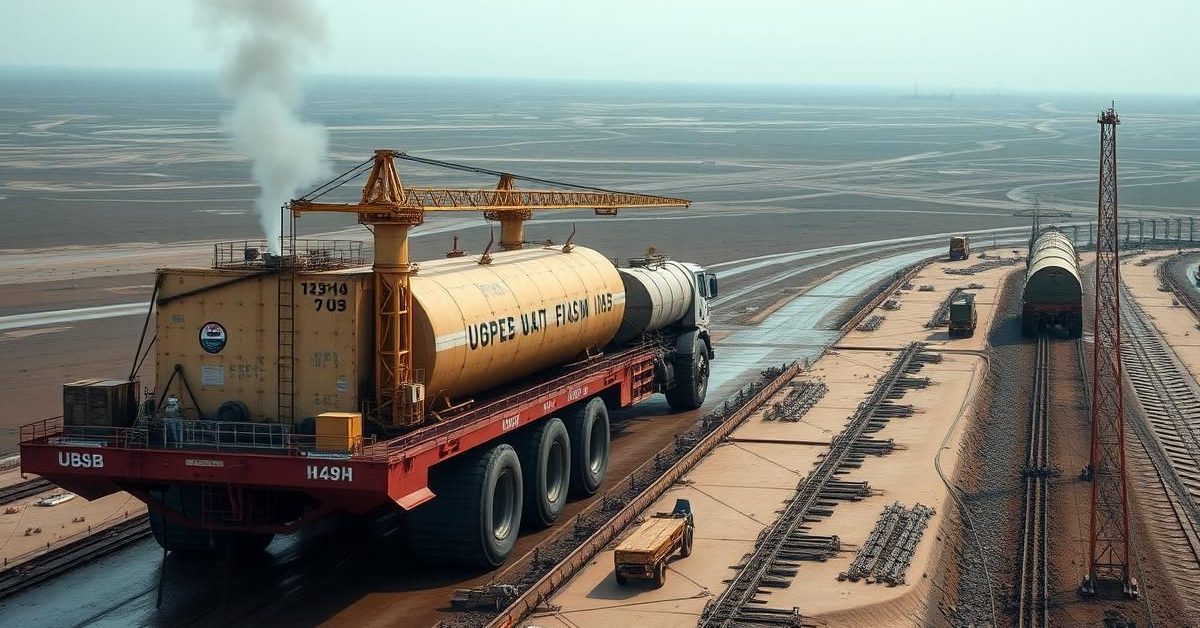India’s significant oil imports from Russia are now under intense scrutiny, with the US and NATO allies threatening potential tariffs and sanctions to pressure Moscow into peace talks over the Ukraine war.
Mounting Pressure from the West
The West is dialing up the pressure on countries like India, China, and Brazil over their continued trade with Russia. NATO Secretary General Mark Rutte recently warned that these nations could face severe secondary sanctions if they don’t urge Russian President Vladimir Putin towards peace negotiations.
Adding to the concerns, former US President Donald Trump has also threatened “biting” 100% tariffs on Russian export buyers unless a peace deal is reached within 50 days. These threats follow a controversial US bill proposing a staggering 500% tariff on nations still trading with Russia.
Experts see these moves as a calculated strategy to force Russia’s hand by putting economic pressure on its key trade partners.
India’s Stance and Energy Security
India has consistently maintained its right to buy oil from any supplier offering the best price, provided the oil isn’t under sanctions. It’s important to note that Russian oil itself isn’t fully sanctioned, though a $60 per barrel price cap exists for Western shippers and insurers.
As one of the world’s largest crude oil importers, India depends on imports for approximately 88% of its needs. After Western nations largely shunned Russian crude following the 2022 invasion of Ukraine, Moscow began offering significant discounts.
Indian refiners quickly capitalized on this opportunity, transforming Russia from a minor supplier to India’s largest source of crude oil over the past three years. This booming trade has also boosted Russia into the ranks of India’s biggest trading partners overall.
Record Russian Oil Imports
Recent data underscores Russia’s dominance in India’s oil basket. In June, India’s Russian oil imports surged to an 11-month high, making up a massive 43.2% of its total oil imports.
This volume, at 2.08 million barrels per day (bpd), surpassed the combined imports from India’s next three largest suppliers: Iraq, Saudi Arabia, and the UAE. For the fiscal year 2024-25, Russian oil accounted for nearly 36% of India’s total crude imports, valued at over $50 billion.
Prior to the Ukraine war, Russia’s share in India’s oil imports was less than 2%. This dramatic shift highlights the commercial incentives and geopolitical realignments driving India’s sourcing decisions.
Industry analysts like Sumit Ritolia from Kpler expect Russia to remain India’s largest crude supplier, contributing 35-40% of its oil imports, due to competitive pricing and logistical flexibility. However, this could change if secondary sanctions are strictly enforced.
The Tariff Dilemma: What’s Next?
The big question remains: will these tariff threats translate into actual action? The Trump administration has a history of unpredictable trade policies, often announcing sweeping measures only to pause and negotiate later.
India’s oil sector hopes the US will not implement such tariffs, as disrupting Russian oil supplies could significantly destabilize global oil prices, which isn’t in the interest of the US or the global economy.
Should tariffs be imposed, India would likely be forced to reduce Russian imports and revert to costlier traditional suppliers in West Asia. This could also complicate ongoing trade deal negotiations between India and the US, its largest trading partner.
For now, Indian refiners are taking a “wait-and-watch” approach. Some experts even suggest that imports of Russian crude might temporarily increase as refiners aim to stock up on discounted oil before any potential tariff action takes effect.
- US and NATO are threatening tariffs on countries like India for trading with Russia, aiming to push for peace talks.
- India maintains its right to buy oil from the cheapest source, leading to Russia becoming its top oil supplier.
- If tariffs are imposed, India could face higher energy costs and complications in its trade relations with the US.
India is also actively diversifying its crude oil sources, exploring options from Africa, Latin America, and the US, to enhance energy security and balance geopolitical risks. However, higher freight costs currently make US and Latin American crude less competitive for Indian refiners.














